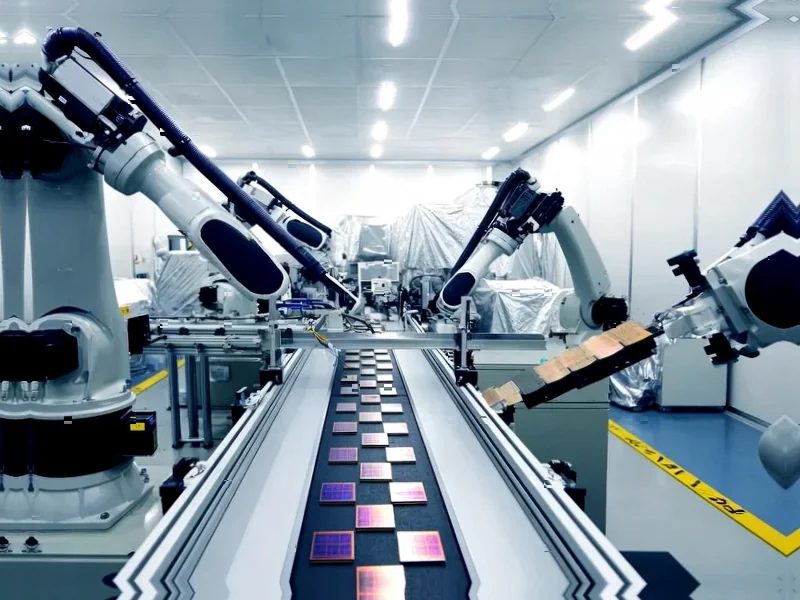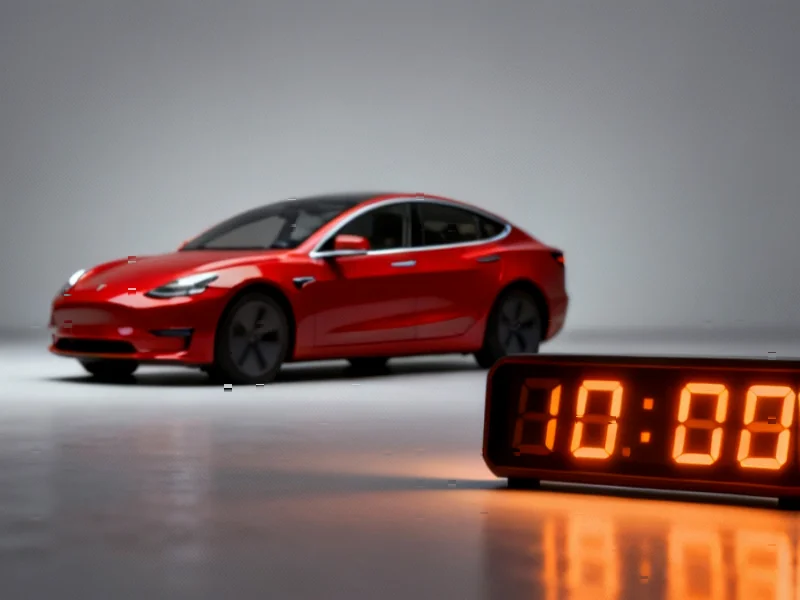According to Wccftech, DRAM prices have surged by a staggering 172% in 2025 alone, with DDR5 16Gb spot prices nearly doubling in just one month to reach a record $15.50. Samsung has halted contract pricing for DDR5 DRAM due to overwhelming AI sector demand, forcing production capacity reallocation that’s creating severe inventory shortages across the consumer memory market. Other major manufacturers including Micron and SK hynix are expected to follow Samsung’s lead as the supply bottleneck is projected to continue through Q1 2026. Retail memory prices from vendors like Corsair and Adata have already increased 20-40% in recent weeks, with further deterioration expected as AI giants secure long-term contracts that prioritize their needs over consumer availability.
The AI Memory Gold Rush and Its Consequences
What we’re witnessing is essentially a resource war between enterprise AI infrastructure and consumer computing needs. The massive computational requirements of training and running large language models have created an unprecedented demand for high-bandwidth memory that the semiconductor industry simply wasn’t prepared for. While companies like Samsung and SK hynix are understandably prioritizing their most profitable customers, the downstream effects on the broader technology ecosystem could be severe. This isn’t just about gamers paying more for RAM—it’s about potentially stalling the entire PC upgrade cycle at a time when many consumers were finally considering moving to DDR5 platforms.
The Manufacturing Reality Behind the Shortage
The technical challenge here is that producing HBM (High Bandwidth Memory) for AI applications and consumer DDR5 modules requires similar manufacturing processes and equipment. When fabs shift capacity to serve the insatiable AI market, they’re literally taking production lines away from consumer memory. What the source doesn’t mention is that this reallocation isn’t easily reversible—once production capacity is committed to HBM, it can take quarters to re-tool for consumer DDR5. This creates a structural shortage that won’t be solved by simply building more fabs, since constructing new semiconductor manufacturing facilities takes years and billions of dollars in investment.
Broader Consumer Market Impact
The ripple effects extend far beyond memory module pricing. System integrators, PC manufacturers, and even smartphone makers will face margin compression as they absorb these cost increases or pass them to consumers already dealing with inflation. We’re likely to see manufacturers pushing configurations with less RAM as standard, potentially slowing software development that assumes abundant memory. The timing is particularly problematic given that Windows 11 adoption and new gaming titles were expected to drive a hardware refresh cycle—now that refresh may be postponed indefinitely for many consumers.
Historical Context and Future Outlook
While memory prices have always been cyclical, this particular shortage has different characteristics from previous boom-bust cycles. The AI demand appears structural rather than cyclical, suggesting we may be entering a new era of permanently higher memory prices. Previous shortages were often driven by production issues or demand spikes that eventually normalized, but the AI revolution represents a fundamental shift in how memory resources are allocated across the technology landscape. If current trends continue, we might see the emergence of a two-tier memory market where consumer-grade products become the budget alternative to premium AI-optimized memory, fundamentally changing the economics of personal computing.




